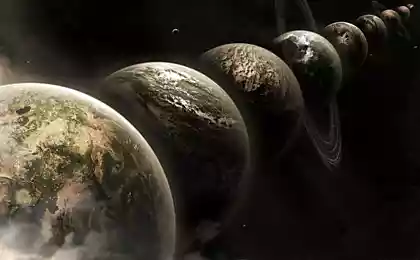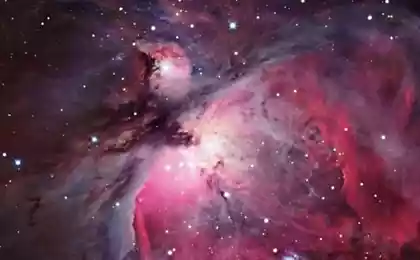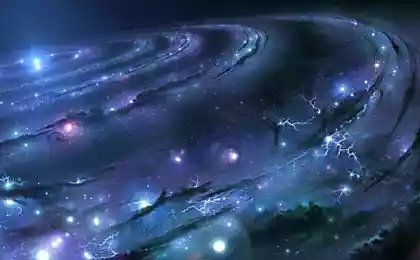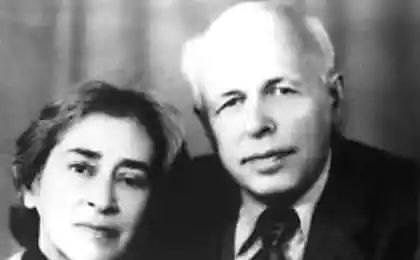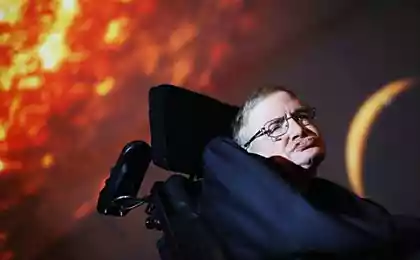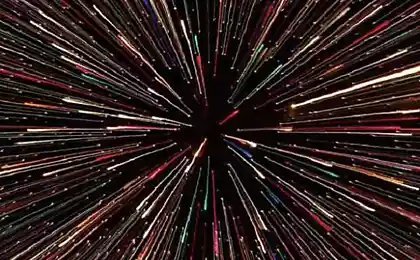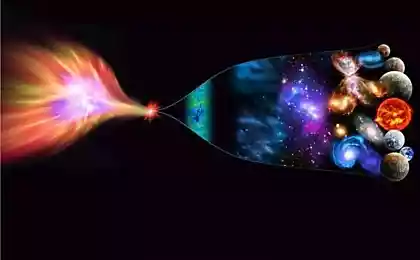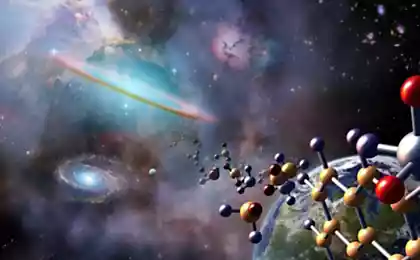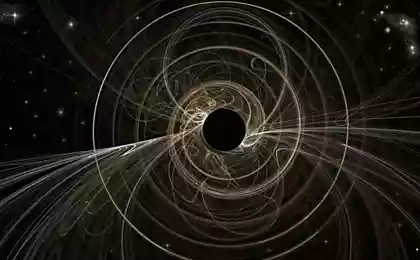558
The truth about the mysterious center of our Universe

For a long time the answer to the question "Where is the center of the Universe?" was unknown. In addition, over the centuries it changed several times. Our ancient ancestors considered the center of the Universe the Earth until the 16th century when the mathematician and astronomer Nicolaus Copernicus said that the Earth revolves around the Sun. The new centre became our light.
As astronomers continued to explore the night sky, they found that the Universe is much more than just the Sun and planets in our tiny Solar system.
The expansion of the Universe Only in the 20th century, humanity began to realize how great and Grand our universe is. Between 1914 and 1919, the American astronomer Harlow Shapley made a map of distant stars in our own milky Way galaxy, to discover that Earth and the other part of the Solar system is not the center of the galaxy. And not even close to is the Sun just one of 100 billion stars in the milky Way, which is located in one of the dark corners of the spiral arm of the galaxy, 10,000 light years from its center.
For a long time astronomers thought that the milky Way is all there is in the Universe. In the end, it is 100,000 light years in diameter is 50 000 times greater than our Solar system. But soon after, Shapley discovered that we are not the center of the galaxy, American astronomer Edwin Hubble shocked the scientific community even more. Hubble showed that our galaxy even nothing unique — beyond the milky Way there are many other galaxies billions of light years from us.
Monumental discovery Hubble expanded the known Universe thousands of light years billions of light years. Then in 1929 he made another spectacular discovery: the universe is not only incredibly huge, but getting bigger every second.
And these two monumental discovery gave rise to a tiny problem: determine the center of the Universe has become much more difficult.
The State Of The Universe
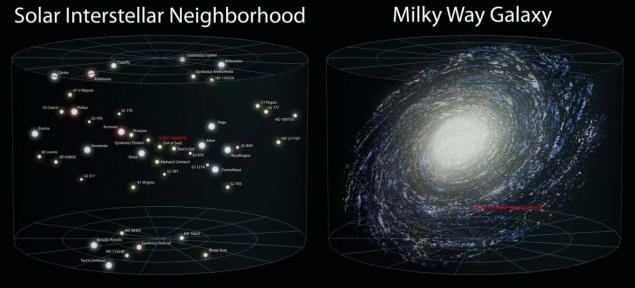
How to detect the center of the Universe in an ever expanding space? The answer depends on a finite or infinite universe. Astronomers still argue about it. If the universe is infinite, you can tell that everyone is in the center of its own observable Universe. Think of it this way: right and left, above and below you is an infinite space. You can see all the stars and galaxies in their observed Universe that expands from you, and you are in the middle of it all. The same is true for the person standing next to you.
But the truth is that in this scenario the Universe has no center: you only think you are in the center, because of the nature of infinite space that extends around you.
If the universe is finite, however, to determine the center will be more difficult. Imagine an expanding balloon. The material from which made the ball end, like the space in the Universe.
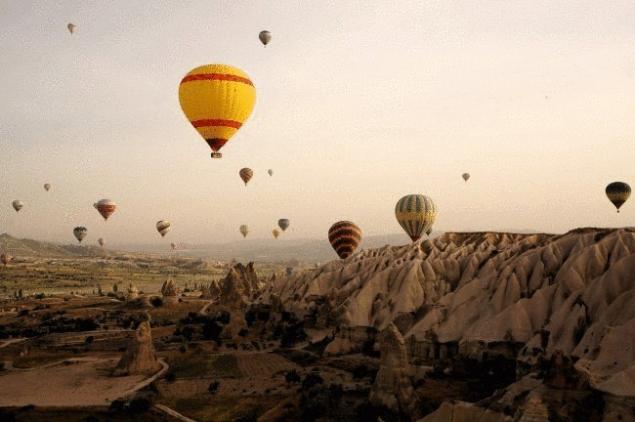
Now imagine that all the stars and galaxies are on the surface of this expanding balloon. In theory, if you were traveling all around the Universe, then ended up back where we started. And never crossed the center point of your expedition. In such a scenario, again, the Universe has no center.
After hundreds of years of research proved that the Earth is not the center of the Universe. And the Sun and the Solar system and the milky Way galaxy too. Apparently, the Universe just has no center, and this conclusion can be made many interesting discoveries. The question of where the Universe has a beginning — a topic for a separate discussion.published
Source: hi-news.ru




